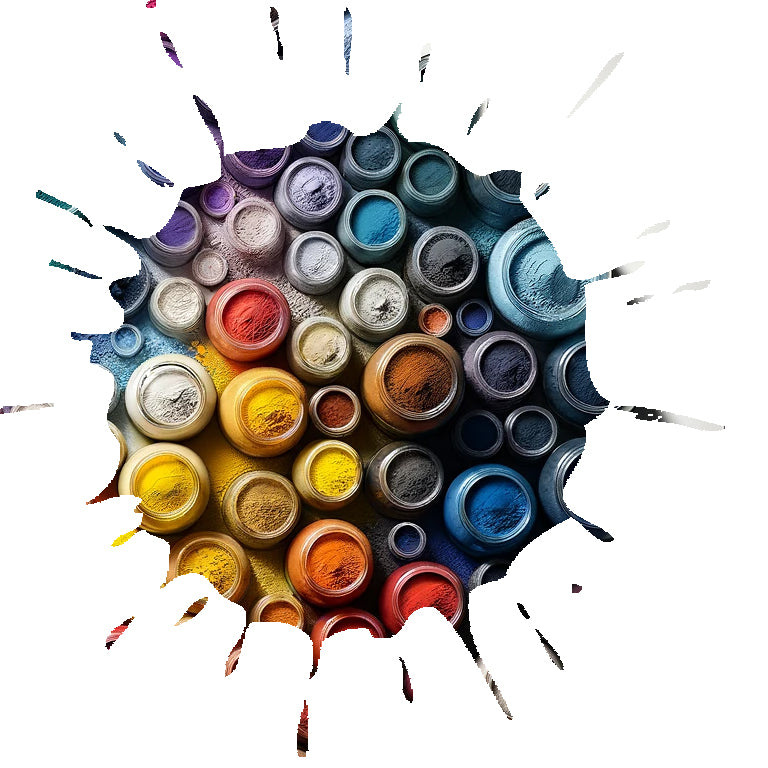ACID MILLING DYES
ACID MILLING DYES
London Screen Service
(EX. VAT)
Couldn't load pickup availability
Acid milling dyes are a specific category of acid dyes designed for dyeing protein-based fibres like wool, silk, and some nylon varieties. These dyes are known for their ability to produce deep, rich colours, particularly on wool. The term "milling" refers to the dye's capacity to withstand the milling process, a mechanical treatment to fabrics and yarns that strengthens and softens them.
Characteristics:
- Fibre Suitability: Highly effective on wool, silk, and certain nylon types.
- Colour Depth: Known for yielding deep, vibrant colours.
- Fastness: Exhibit excellent wash and light fastness on protein fibres.
- Application Process: Require an acidic environment for dyeing, similar to other acid dyes.
Using Acid Milling Dyes:
-
Materials Needed:
- Acid milling dye
- Acidic agent (like white vinegar or citric acid)
- Warm water
- Dyeing pot (not for culinary purposes)
- Stirring tool (not for food)
- Protective gloves and eyewear
-
Pre-Washing: Thoroughly wash the fabric or yarn to remove any finishes or impurities.
-
Preparing the Dye Bath: Dissolve the dye in warm water in the dyeing pot. The amount of dye and water will depend on the weight of the fabric and desired colour intensity.
-
Acidifying the Bath: Add an acidic agent such as vinegar or citric acid to the dye bath. The usual ratio is around 60 ml (1/4 cup) of vinegar per 4.5 litres (1 gallon) of water, but this may vary.
-
Adding the Fibre: Wet the fabric with warm water, then submerge it in the dye bath, ensuring it’s fully covered and spread out.
-
Heating: Gently heat the dye bath, stirring occasionally to maintain even temperature and dye distribution.
-
Dyeing Time: Leave the fabric in the dye bath for about 30 to 60 minutes, depending on the desired colour depth.
-
Rinsing and Washing: After dyeing, rinse the fabric in gradually cooling water until it runs clear. Follow with a warm water wash using a mild detergent to remove excess dye.
-
Drying: Dry the fabric as usual.
Safety and Tips:
- Always wear protective gear to avoid skin irritation and staining.
- Use dedicated equipment for dyeing, separate from cooking utensils.
- Conduct a small-scale test to check colourfastness and final appearance.
- Responsibly dispose of the dye bath in compliance with local regulations.
Acid milling dyes are particularly favoured for their ability to produce rich colours and their suitability for heavy-duty applications where fabric durability is key, such as in wool milling.


